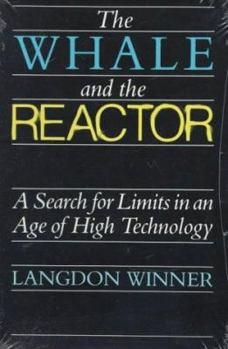Ottinger, Gwen. 2013. Refining Expertise: How Responsible Engineers Subvert Environmental Justice Challenges. New York. London: New York University Press.
Review by Michael Beach
In one way, Gwen Ottinger could be thought to be writing a form of exposé about how emissions from an oil refinery in Louisiana exposed a community to hazardous fumes and the (likely? potential?) harmful health effects. She shares that story in this work. As important as that story is, the book has a larger point. Ottinger reviews how what started as a public relations failure shifted. As refinery ownership changed, so too did the communications strategy. The refinery began to involve local citizens through a series of meetings, placing gas detection monitors around the town, and making some operational concessions. Over time, residents began to accept engineering data and explanations, even when accidental over-emission events happened.
Gwen Ottinger explores the idea of identity and influence. She looks at how experts at first relied on that identity to make definitive statements and expect people to trust them. As the messaging began to include technical information and logic in lay terms, residents could follow the thinking and were more accepting. Residents also began to change identity from antagonistic victims to informed supporters. The refining companies also financed improvements in the town itself. To Ottinger’s point, this shift in identity by both refinery personnel and local citizen advocates did not mean there were no negative health effects or risks. She argues that a shift in identity created a new form of discourse. Shifting narratives helped shift identifying self-definitions by the actors involved. For example, over time the refinery became a ‘moral company’ at least in the perception of those involved. As residents became more participating and more accepting of information their diminishing challenges transformed them into ‘good citizens’ living in ‘nice communities’. Granted, there were some actual changes to how the plant was operated, but how much change was enacted really?
For Gwen Ottinger, one can question motives linked to narratives. For example, did the company change because it became moral? Did the challenges by citizens cause introspection on the part of refinery leaders? Were resident attitude changes justified by more participation or information, or did their attitudes change unjustifiably? The links among language, narrative, discourse, identity and power are co-productive. All affect and are affected by social interaction. This case-study sheds light on one way that technical knowledge in particular helps shape these relationships.





 RSS Feed
RSS Feed